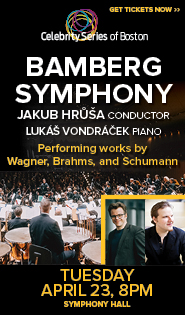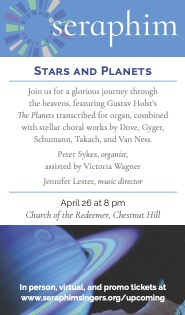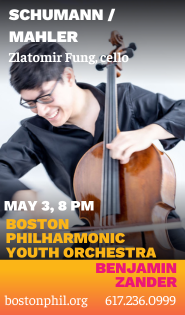Semiosis Quartet gives American women composers their due
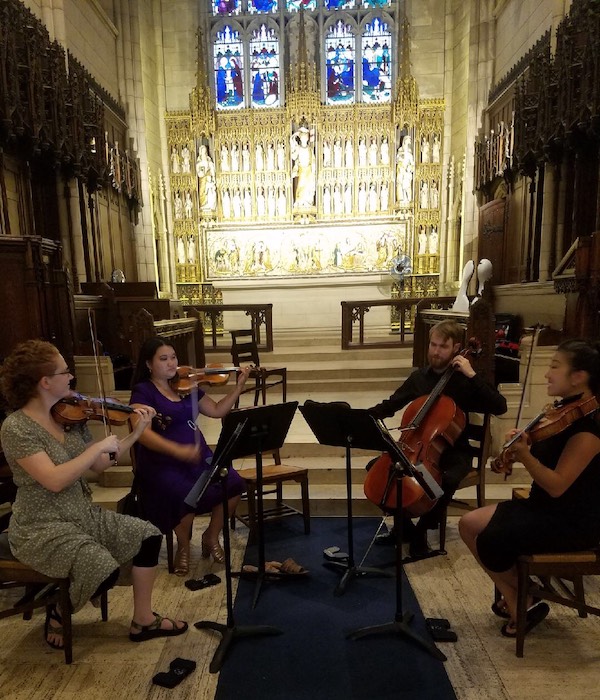
Like a lot of talented Americans of the 20th Century trying to perfect their art, Ruth Crawford Seeger wound up in Europe.
The young composer arrived in Berlin in 1930 on a Guggenheim Fellowship, looking for solitude and a break from the clamor of avant-gardism in which she’d been immersed. Her goal was to complete her first substantial composition, in which she would set aside the trends of the day — French neoclassicism and the twelve-tone serialism of Arnold Schoenberg — to forge her own modernist style.
What emerged was “String Quartet 1931.” As played by Boston’s Semiosis Quartet at the New School of Music in Cambridge Thursday night, this remarkable and trailblazing work illuminated why Crawford Seeger remains such a significant figure in a field — American music — that remains unjustly neglected by many performing organizations.
Thursday’s program, “An American Century,” consisted of works by five American women who, like Crawford Seeger, wrestled with tradition and new modes of musical thought. Three of the highlighted composers are still doing that work well into the new century. (The performance on Thursday and a repeat of it tonight were funded by the American Music Project, a grant-making organization founded by Boston Classical Review publisher Lawrence A. Johnson to promote American repertoire.)
At only twelve minutes in length, “String Quartet 1931” previews the thorny dissonances and absolute control of material that would characterize the postwar avant-garde. Crawford Seeger crafted the work using a technique called dissonant counterpoint, which flipped traditional rules of harmonic treatment and voice leading.
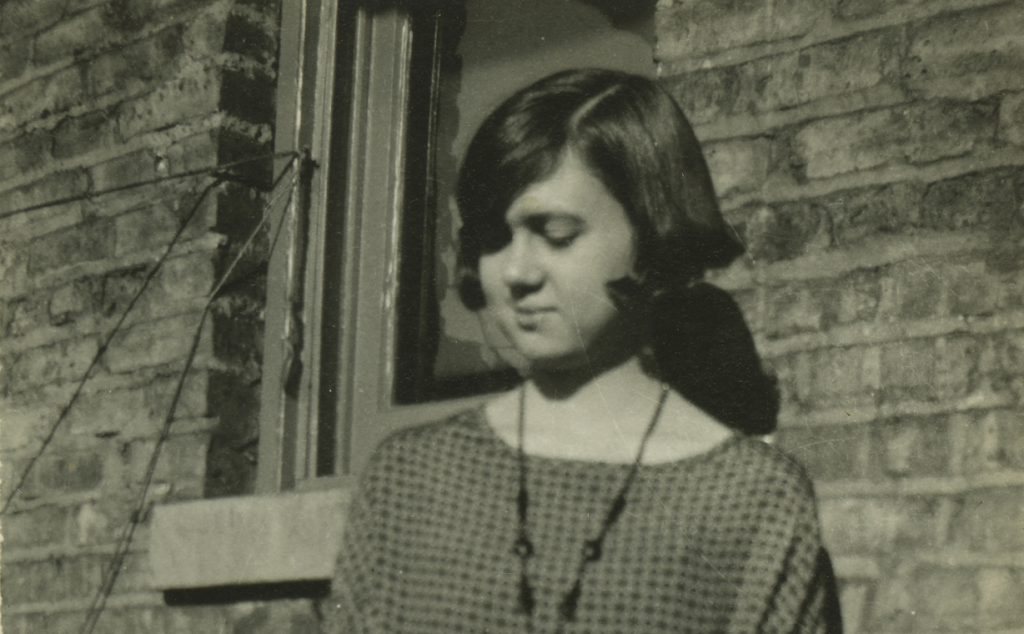
By turns driving and contemplative, the quartet is a marvel of design. Angular figures support soaring melodies in the opening movement, and the delicate phrases of the second movement refract all sorts of darting rhythms. The heart of the score is the third movement, a scene of such astringency that it feels like a dissonant reimagining of Barber’s “Adagio for Strings.” Agitation returns in the finale, and the music builds into robust phrases that are offset by sudden shifts in tone color.
The Semiosis Quartet played the work with panache, taking care to craft each phrase with an eye to the larger prismatic texture. The players’ fine corporate blend made for an especially effective third movement, where the canonic accents came off with assurance and conviction.
While Seeger looked to the future with her string quartet, Florence Price looked to the past. Consisting of only two movements (it remains unknown if Price left the work incomplete), Price’s String Quartet in G major (1929) beams with an attractive lyricism derived from African-American folk idioms.
In the first movement, the Semiosis musicians tenderly performed lines that could have been at home in one of Dvorák’s quartets. Like the work of that composer, which served as model for many of Price’s pieces, the music changes direction on a dime, and Thursday’s performance highlighted each shift in key and emotional nuance. The second movement took on the flavor of a folk song, and the musicians treated its strains with gentle ebb and flow. The pizzicato passages that make up the central sections of the movement coursed with vitality.
Ellen Taaffe Zwilich also looked to tradition with her String Quartet No. 2 (1998), which made up the bulk of Thursday’s program. Written to convey varying shades of light and darkness, the quartet is a study in slow processes. Motives spin from simple statements and coalesce into powerful ensemble phrases before fading away.
The Semiosis Quartet gave this little-heard work supreme advocacy, building the spare passages of the first movement into stinging sonorities that recurred throughout the work’s twenty-five-minute length. In the musicians’ hands, the second movement took on a Bartókian edge; an ethereal middle section, played sensitively by the strings, conveyed gloom in a manner of Shostakovich. The third movement featured the players carefully transforming the melodies into grinding bass statements and chattering figures. They carried the tension into the finale, which culminated in an abrupt yet satisfying conclusion.
Shelley Washington’s Say (2017), which opened the program, used similar musical devices to underscore a political message.
Say is a sort of live rendition of Steve Reich’s documentary-style works. This ten-minute string quartet calls upon the musicians to clap, snap, and stomp out rhythms while chanting text that reflects the problem of race relations in the contemporary United States. The musicians then echo those phrases on their instruments, usually while continuing to sing.
You could call Washington’s delivery of the anti-racist message quietly disquieting: By work’s end, one is left to consider the notion that some experiences between blacks and whites in America are still too difficult to bridge. Her music, with its propulsive energy, conveys that tension to stellar effect, and the Semiosis Quartet mined Say for all its palpable intensity.
They did the same for Caroline Shaw’s Valencia (2012), a brisk, five-minute program closer and one of Shaw’s most attractive string quartets. Pop-like melodies and oom-pah rhythms are abstracted into basic gestures that, tossed about in a steady groove, still make for captivating listening. The Semiosis Quartet played the work with the verve of a jam band, tackling its glissandos, string snaps, and grinding harmonies with conviction.
“An American Century” will be repeated 7:30 p.m. Friday at Emmanuel Church. semiosisquartet.com
Posted in Performances


